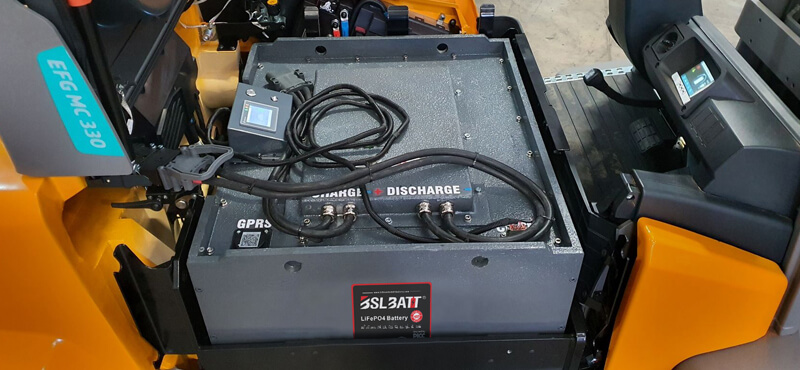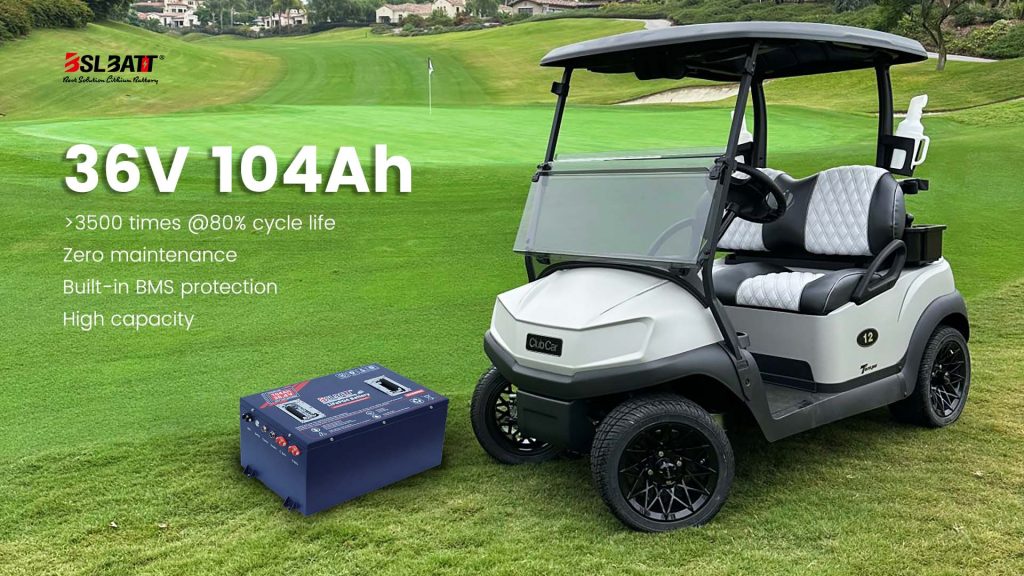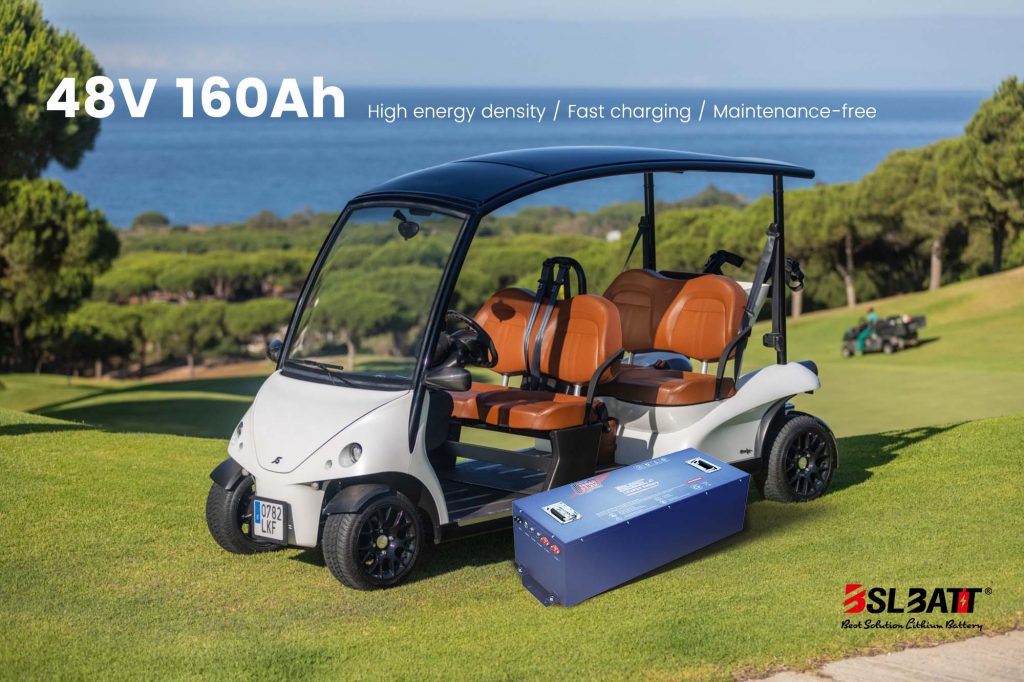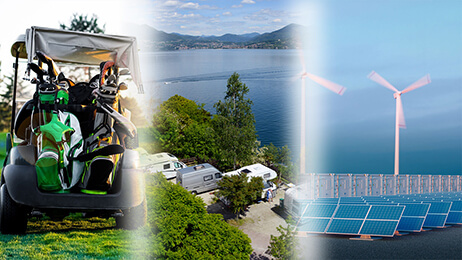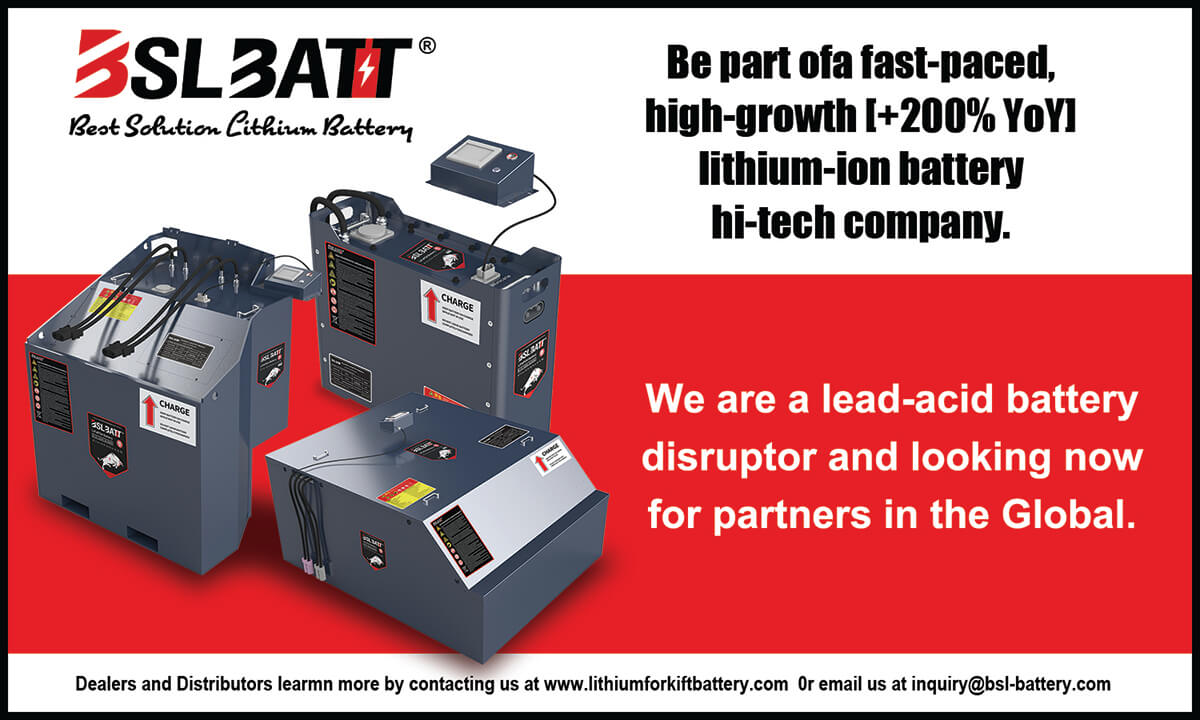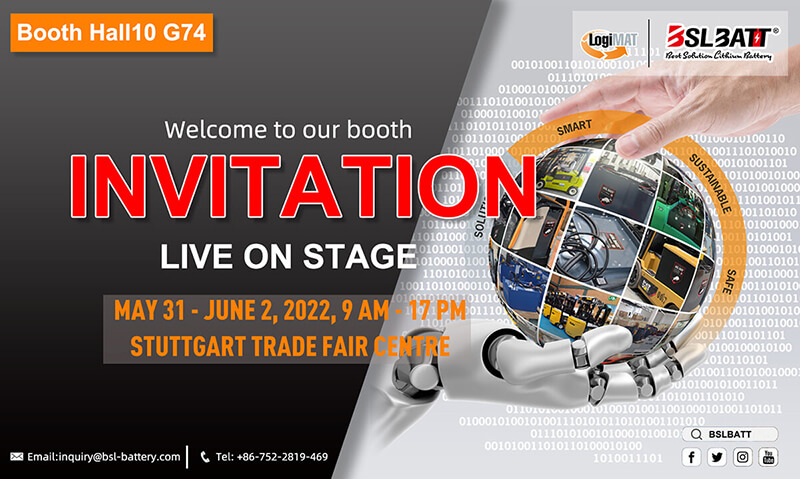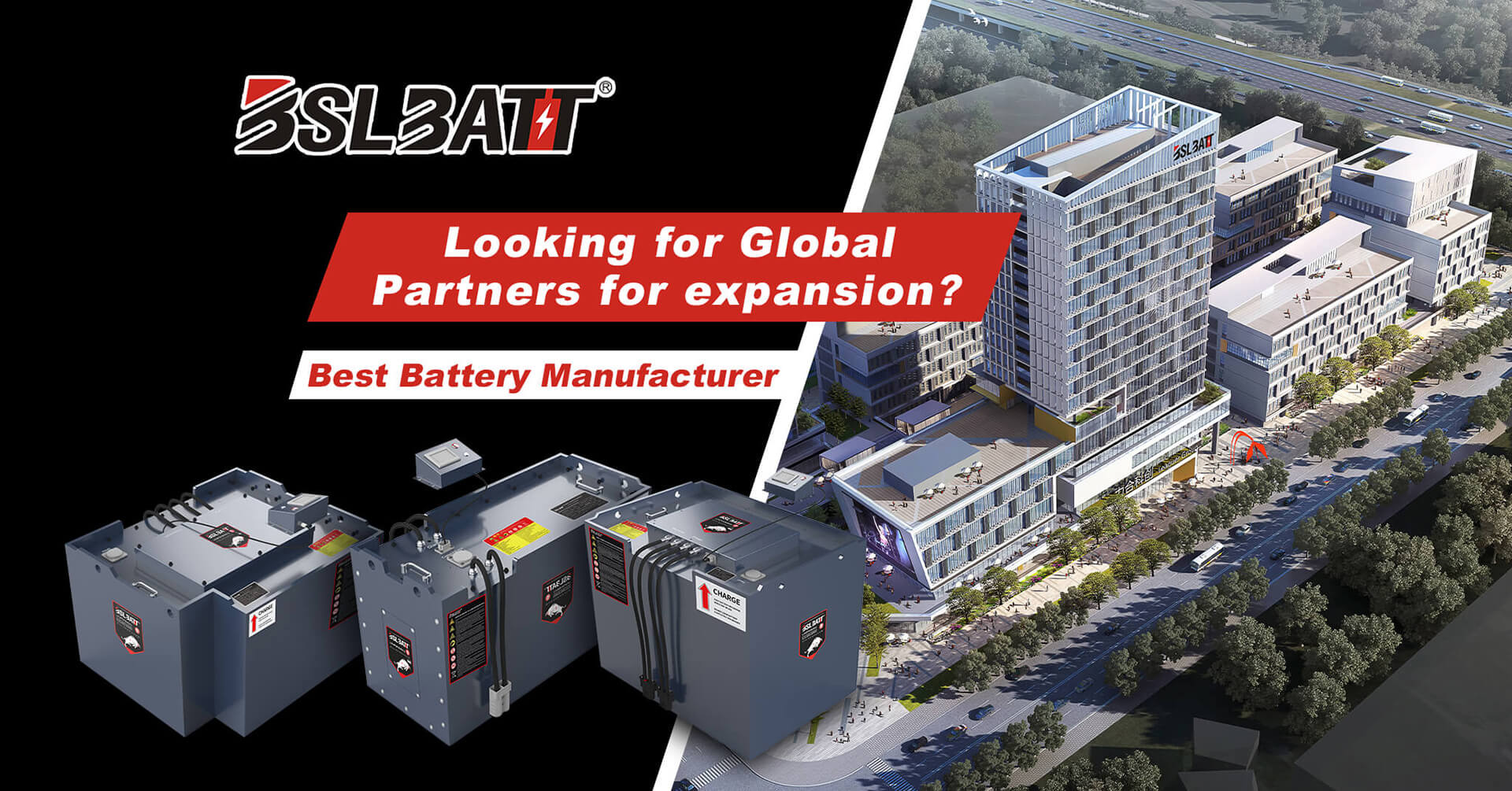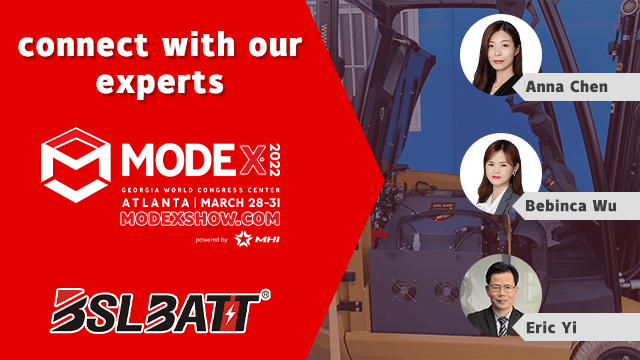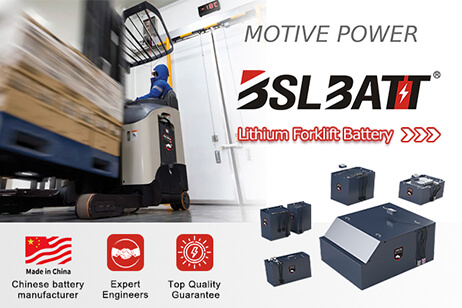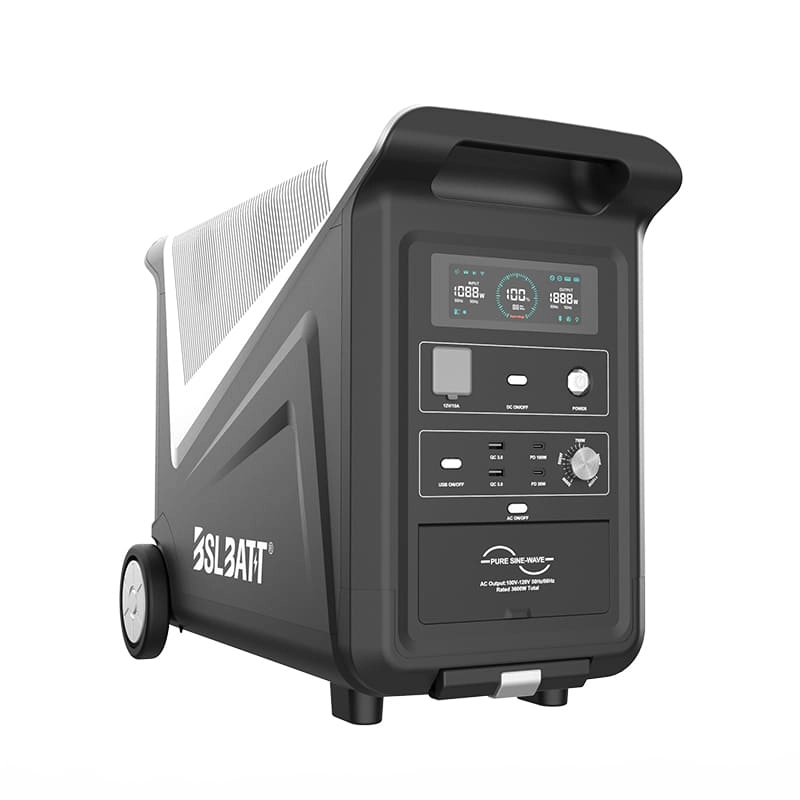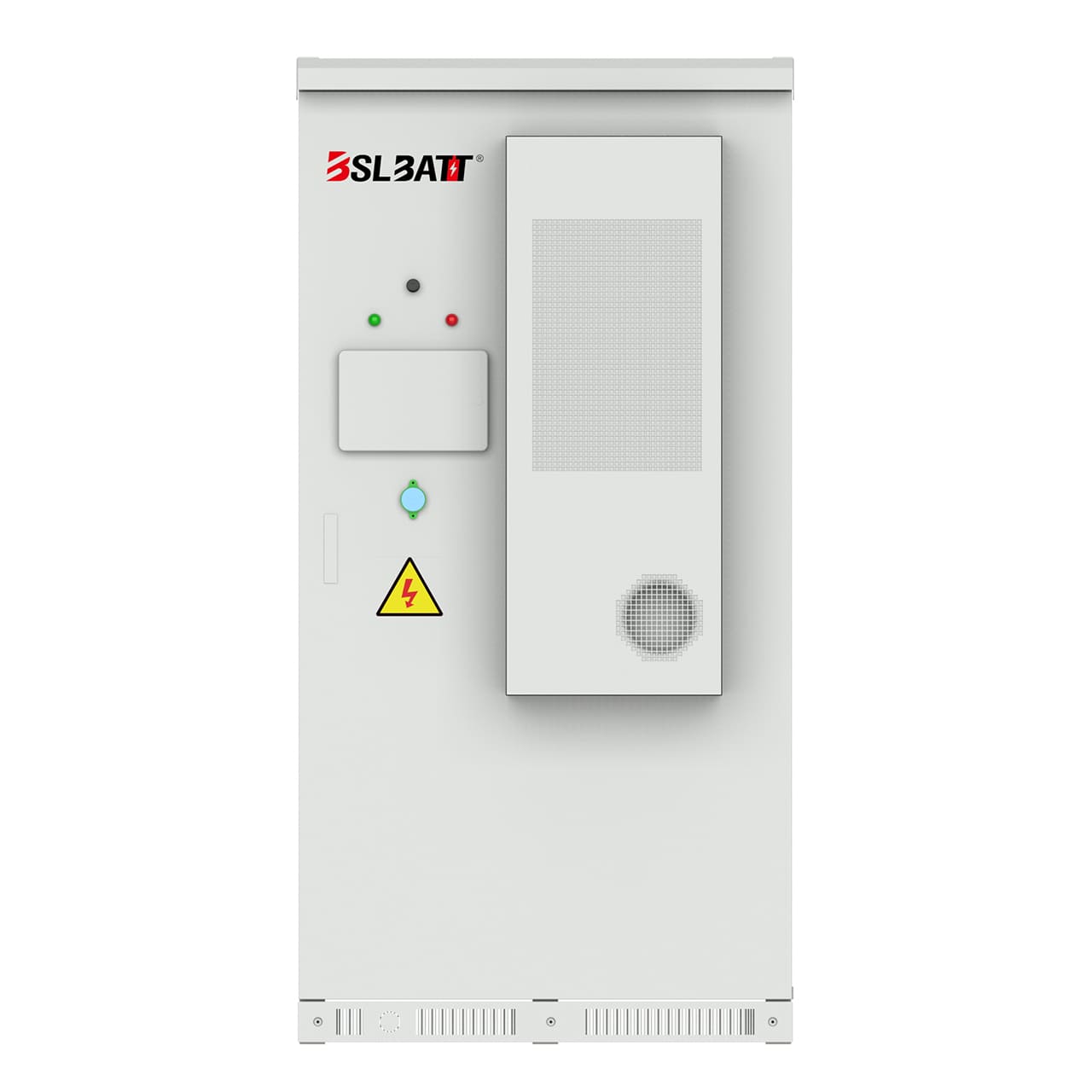Industry Application
Product Type
How Does Temperature Affect the Selection of Lithium ion Solar Batteries?
Lithium-ion solar batteries are primarily used in the residential sector and for commercial and industrial energy storage, helping homeowners or businesses to expand their photovoltaic (PV) utilization, save money on their electricity bills, or provide backup power in the event of a grid outage. As material prices fall and lithium batteries become more popular, lithium-ion batteries are replacing lead-acid in the solar energy storage market.
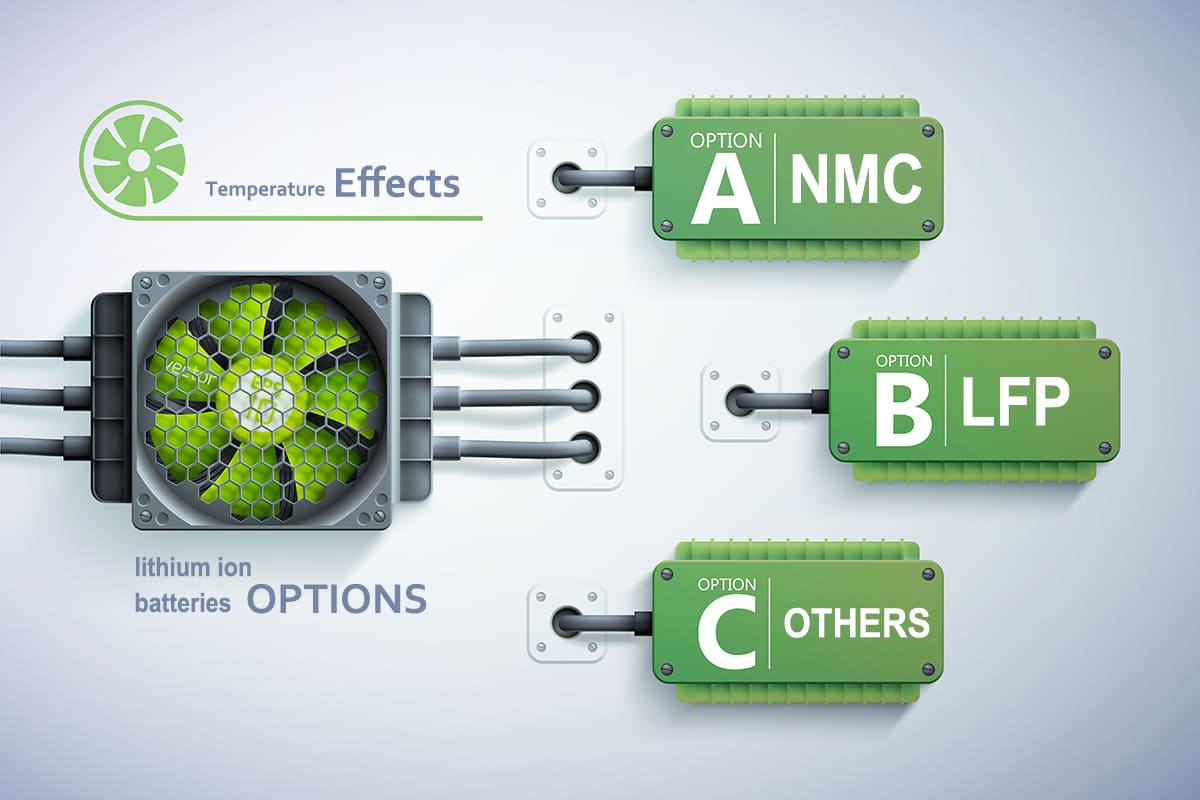
Two Types of Lithium-ion Used in Lithium Solar Batteries
For lithium-ion solar battery manufacturers, two common types of lithium-ion batteries are typically used: lithium-nickel-manganese-cobalt ternary lithium-ion batteries (NMC) and lithium iron phosphate (LFP) batteries, which are major players in the market. Although both types of batteries are based on the operating principle of lithium ion exchange, they have some significantly different performances and characteristics.
Energy density is an important indicator for evaluating battery performance. Generally speaking, the higher the energy density, the more power the battery can hold per unit weight or volume, and the longer the range. the LFP has an energy density of about 140 Wh/kg. the NMC has an energy density of basically 240 kWh/kg. that is to say, under the same weight, the energy density of the NMC is 1.7 times higher than that of the LFP. This means that an NMC solar battery installed in the same space will run longer than an LFP solar battery.
Three main factors affect the operating life of lithium-ion solar batteries the number of charge/discharge cycles, the duration of use, and the average temperature of the battery. The largest factor affecting the life of a Li-ion battery is the average temperature of the battery, followed by the depth of discharge. We typically measure the effectiveness of a battery by comparing its actual capacity to its original capacity. Before reaching 80% of their original capacity, LFP solar batteries can perform at least 2,000 to 3,000 full charge/discharge cycles, whereas NMC batteries can only perform 500 to 1,000 full charge/discharge cycles, which means that LFP solar batteries have a much longer cycle life, typically more than 10 years.
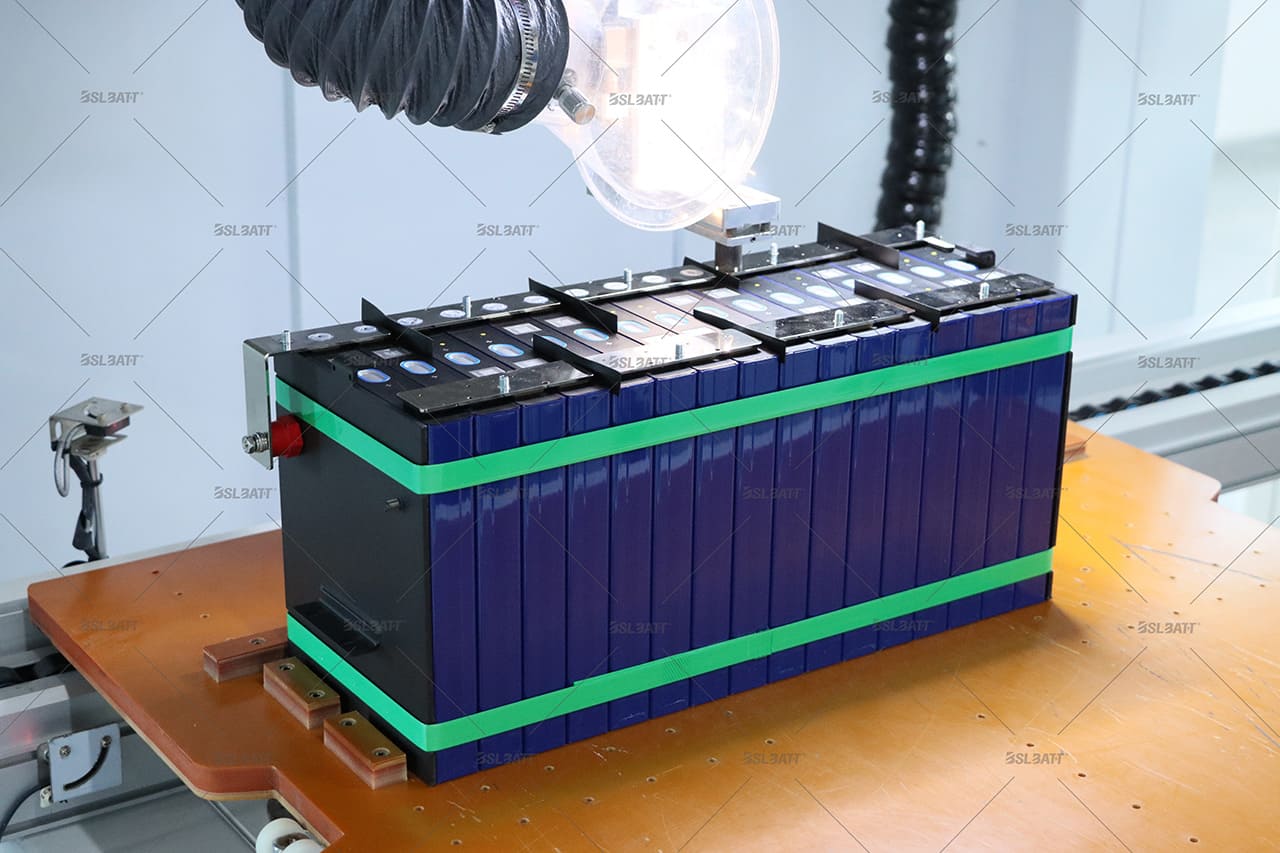
Safety of Lithium-ion Batteries
Unlike NMC batteries, LFP batteries do not degrade at high temperatures due to their safer cathode material. In comparison to NMC batteries, LFP batteries offer the greatest thermal and chemical stability, as well as the lowest amount of energy released during thermal runaway. They will only go thermal runaway at 195°C and will release the least amount of energy. Conversely, NMC batteries can reach thermal runaway temperatures of 170°C, releasing more energy and possibly catching fire if not controlled. In spite of the fact that all lithium-ion batteries are safe, LFP solar batteries are among the safest energy storage devices available.
Temperature and Discharge
Depending on the application of residential energy storage, there are two common uses of lithium-ion solar batteries. The first is as a backup power source, where the requirement to keep critical loads running during a grid outage requires immediate switching to solar battery power, in which case the storage battery needs to withstand high current and high power surges from the load. The second scenario is to store power from PV panels or the grid during the day and then discharge it to the load during the night, which usually requires the battery to be able to provide power for at least 6-8 hours.
Li-FePO4 batteries have a very low internal resistance and can withstand high rates of discharge without generating too much heat, but NMC batteries have an internal resistance that is about 10 times higher than that of LFP batteries, so more heat is generated inside the NMC batteries when discharged at the same rate. For example, a 48V 50Ah (2.4kWh) NMC battery can provide a discharge current of 50-100A, while an LFP can provide a discharge current of 500-1000A.
Passive or Active Cooling
The third factor that affects the life of a lithium-ion battery is the ambient temperature. In market applications for Li-Ion batteries, batteries are cooled in a variety of ways, ranging from passive cooling (no fan) to active cooling (continuously running fan) to dynamic active cooling (variable speed fan drive) to manage battery temperature. Whereas residential energy storage typically uses passive cooling, lithium-ion batteries can operate safely from -20°C to 60°C, but the optimal temperature range to maximize battery life is 10°C to 30°C. High-current discharges generate heat inside the battery, but a stable temperature environment can maximize battery life.
It is important to note that based on the chemistry and higher impedance of NMC batteries, they generate more heat when discharged compared to LFP batteries. Since safety is a key issue for Li-ion batteries in energy storage applications, the good thermal stability of LFP solar batteries has been safe and environmentally friendly to give them an advantage in energy storage applications.
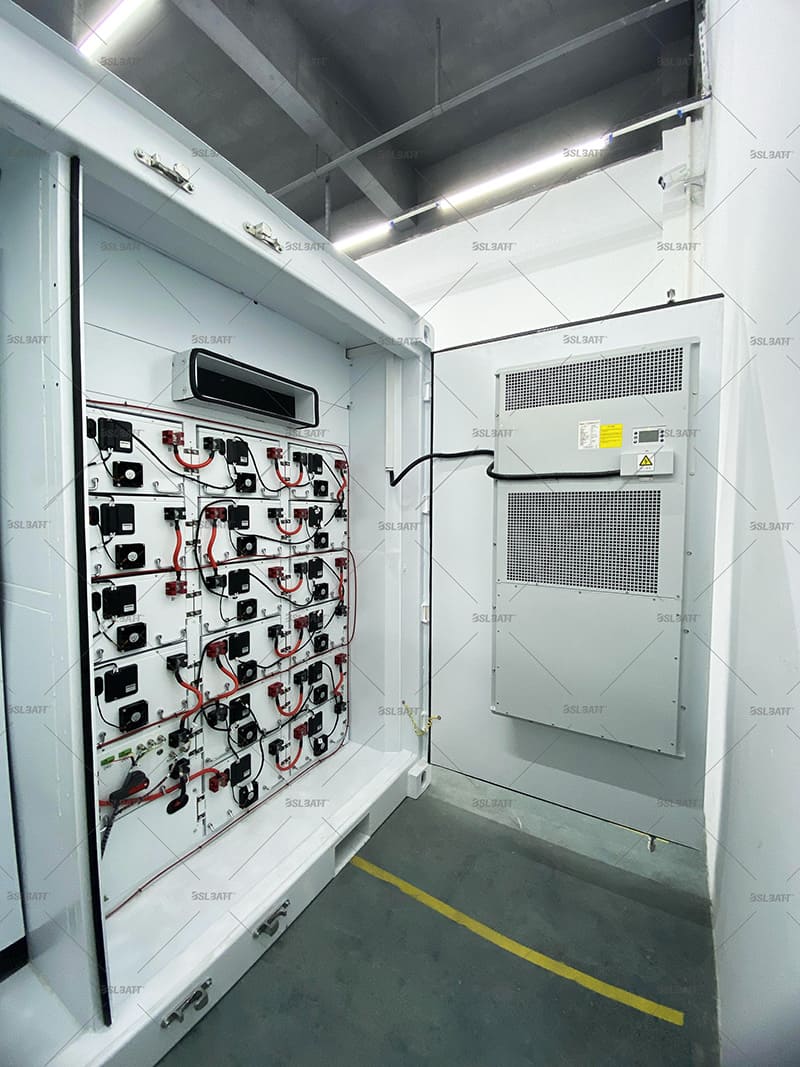
So in order to ensure enough power delivery to the load, then in the actual application may need to parallel more NMC battery modules to meet the required current, but a small number of LFP batteries can accomplish this goal. Considering the space and application scenarios, NMC batteries are more suitable for applications that can withstand lower current transfer over a longer discharge period (i.e. 1h50A), while LFP batteries can also provide higher current transfer over a shorter period of time (i.e. 300A in 10min).
Advantages of Active Cooling
In general, adding a fan to a battery for thermal regulation may complicate the product, but this can bring very many benefits to the battery. In some applications with harsh weather environments, batteries can range in temperature from very cold and dry to very warm and humid. In the event of thermal runaway, the temperature inside the battery with passive cooling rises faster than outside, creating hot spots and limiting the amount of discharge current available, which can also cause rapid aging of Li-ion solar batteries. Active cooling can better minimize heat generation during battery charging and discharging. All things being equal, active cooling can support better charge and discharge currents for solar batteries.
The internal structure of the battery contains more metals, which can also cause short circuits due to condensation. Due to temperature differences, humid air can condense water onto sensitive electronics inside the battery. So active cooling also prevents condensation inside the battery from altering battery function or damaging battery components. In the commercial and industrial energy storage market, where the upfront investment is higher, manufacturers usually use air or liquid cooling for active cooling to prevent the economic loss and environmental pollution caused by thermal runaway.
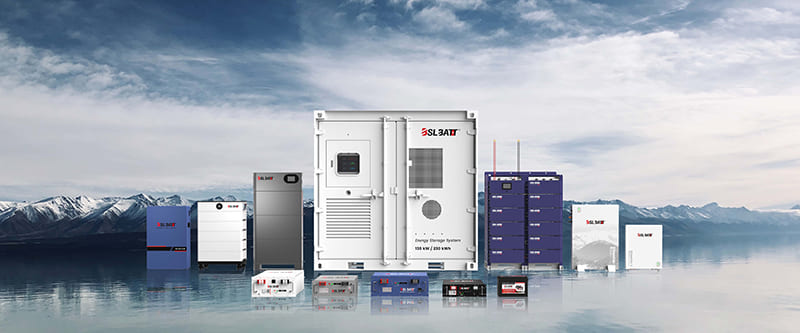
In summary, there are many lithium-ion solar batteries on the market. Before choosing the right solar battery manufacturer or model, you should know the power of these batteries to assess the power required to maintain operation in its residential energy storage or commercial and industrial energy storage, the required runtime, to determine the environment in which it will be operated, as well as to determine the role of heat. With this data, it is possible to evaluate the lithium-ion solar battery chemistry, passive and active cooling characteristics, and key features offered by available solutions.
A Guide to Choosing the Best 48V Lithium Golf Cart Battery
Would it be worth investing in a 48V ...
10 Exciting Ways To Use Your 12V Lithium Batteries
Back in 2016 when BSLBATT first began designing what would become the first drop-in replacemen...
BSLBATT Battery Company Receives Bulk Orders from North American Customers
BSLBATT®, a China Forklift battery manufacturer specializing in the material handling indust...
Fun Find Friday: BSLBATT Battery is coming to another great LogiMAT 2022
MEET US! VETTER’S EXHIBITION YEAR 2022! LogiMAT in Stuttgart: SMART – SUSTAINABLE – SAF...
Looking for new Distributors and Dealers for BSL Lithium Batteries
BSLBATT battery is a fast-paced, high-growth (200% YoY ) hi-tech company that is leading the a...
BSLBATT to Participate at MODEX 2022 on March 28-31 in Atlanta, GA
BSLBATT is one of the largest developers, manufacturers, and integrators of lithium-ion batter...
What makes the BSLBATT the Superior Lithium Battery for your Motive Power needs?
Electric forklift and Floor Cleaning Machines owners who seek the ultimate performance will fi...








